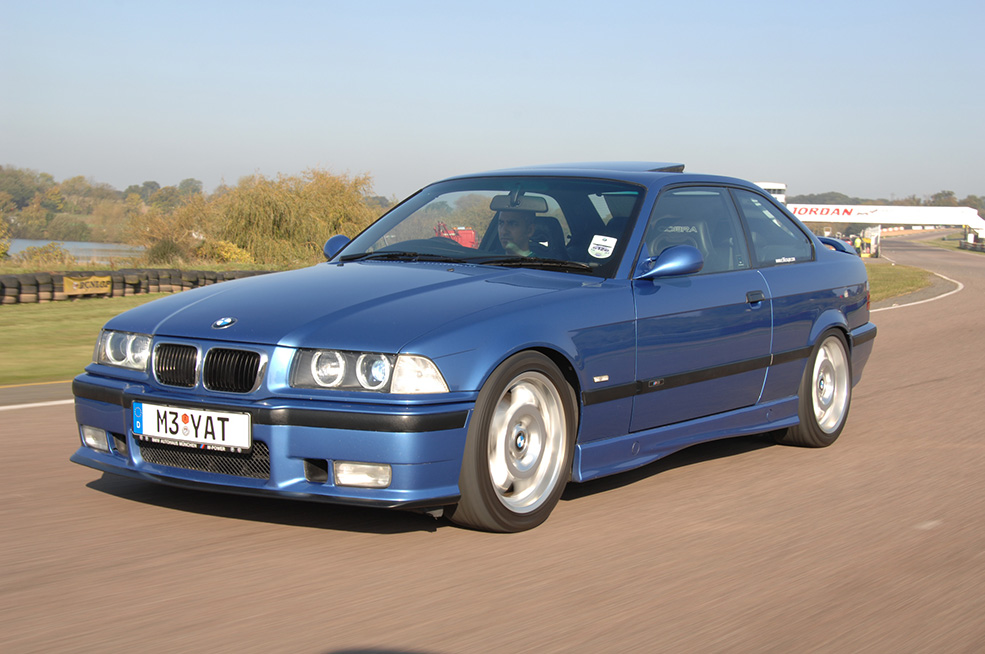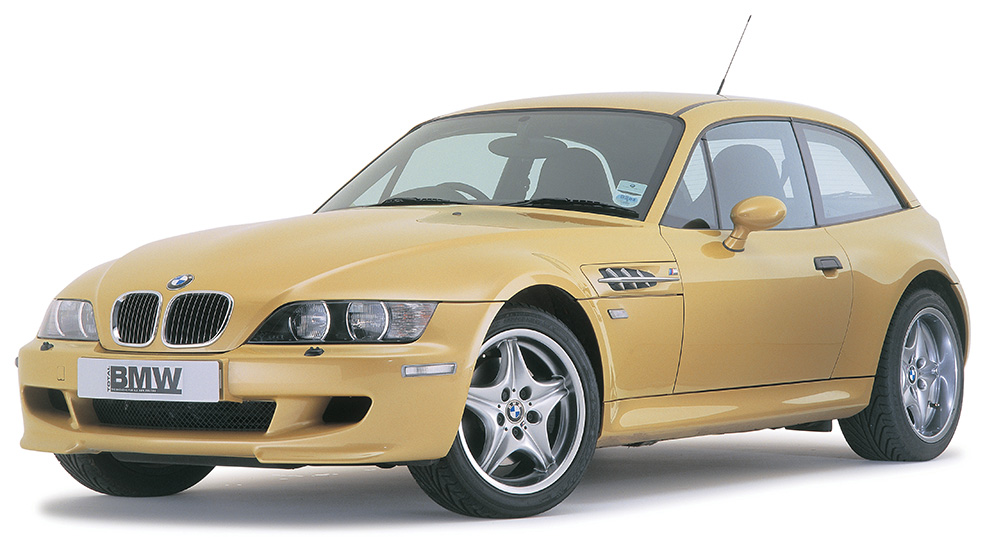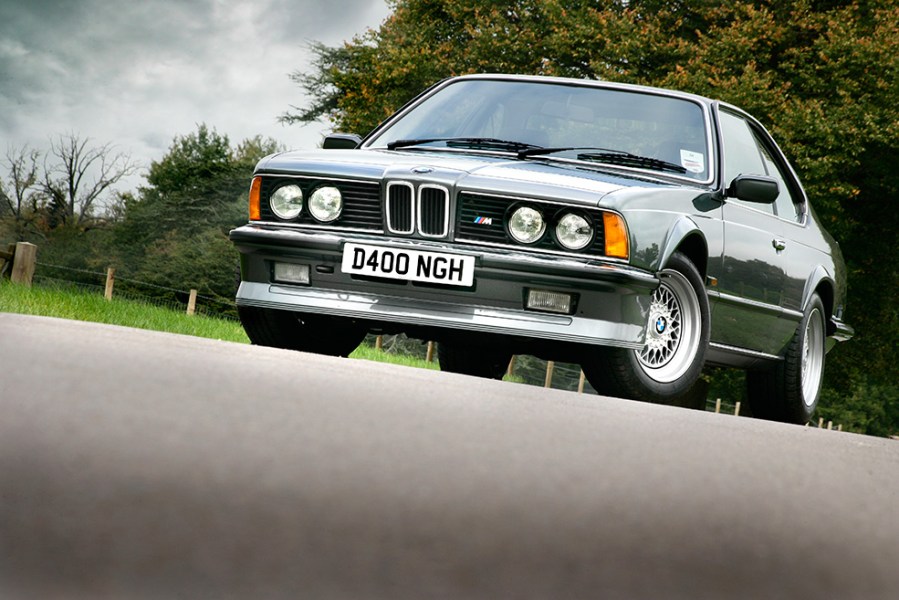BMW M635CSi (1982-1989)
For some reason the high-performance version of the E24 6-Series was never given full M-car status, making do with just a prefix to its ordinary model name. Perhaps the big luxury coupe wasn’t sufficiently sports-focused to gain the Motorsport division’s highest esteem? But that really sold the model short. While the M535i was a standard 535i with M-fettled suspension and a bespoke body kit, the M635CSi was thoroughly reworked with a bespoke 285bhp engine (the M88, lifted from the M1 supercar), lower and stiffer springs, powerful gas dampers, stronger anti-roll bars, a unique close-ratio manual gearbox, bigger brakes and a limited-slip differential. It may have looked like a stock 635CSi but this was a real iron fist in a velvet glove, capable of over 175mph and 0-60mph in under six seconds. It was the second-fastest BMW ever built, being bettered only by the M1.
While E24 prices in general took long journey through depreciation, rock bottom and slow climb, the undeniable performance and rarity of the M-version (3924 Europe-spec cars, of which just 524 were right-hand drive) kept values much higher. However M635CSi values still lag some way behind the more desirable but less capable (and, let’s be honest, much less handsome) E28 M5. Four years ago an M635CSi could be yours for £30,000 (ten times that of a standard E24) and even two years ago the average stood at little more than £35,000. Since then values have accelerated at a suitably M-car rate and the average sale price (according to The Market) reached £50,000 at the end of last year. So far 2018’s results have recorded a modest dip in M635CSi values, down to £45,000.

BMW M3 (1992-1999)
The original M3 was a race-bred homologation special, with all the harshness and raw performance that came with it. The E36 could be called the first of the ‘refined’ M3s, intended to be a high-performance road-going sports saloon rather than a touring car with number plates. Which isn’t to denigrate the E36’s performance – 321bhp from a six-cylinder engine, 5.4 seconds to 60mph and a top speed electronically restrained to 155mph. The E36 also represented a major suspension upgrade over the E30, with a new multi-link rear end making the M3 hailed as one of the best-handling saloons of the ’90s. Originally produced only as a two-door coupe (always the most popular), four-door and cabriolet versions of the M3 were added later.
While only 16,000 E30 M3s were built, the production total for the E36 ran to nearly 80,000. This, combined with the fact that it was replaced by the similar-but-improved E46 meant that values sank surprisingly low in the 21st century, to just £7500 for an good-but-average condition example. Over the past four years or so the values have climbed steadily but you could never say that the E36 has boomed in value – the average now sits at just under £15,000 which is still remarkably affordable for such a capable and esteemed car.

BMW Z3M (1997-2000)
Despite being built out of a mix of E30 and E36 3-Series parts, the Z3 lacked credibility with performance enthusiasts, who dimissed it as a mere roadster rather than a true sports car. That changed in 1997 when the Motorsport-fettled models broke cover. By now the Z3 was available in both roadster and distinctive ‘bread-van’ coupe form and the Z3M was available in both. Power came from the same S50 3.2-litre engine as the E36 M3, and the M3 also donated its brakes and some other running gear parts. Over the standard Z3 the Z3M boasted a lower ride height, a wider track, a limited slip differential, uprated dampers and stronger rear trailing arms. Outside was a unique body kit (most notably incorporating dramatically flared wheel arches to cover the wider track) and identifying features such as brake cooling ducts in the front bumper and quadruple exhausts.
While the standard Z3s fell well into ‘cheap and cheerful’ territory some years ago the M versions held their values much better. The rare Z3M Coupe was especially desirable and was deemed a classic from the moment it was launched. Prices for those have stayed high and constant for the past few years with the average sale price of a Coupe being in the order of £45,000. The more common and (slightly) less desirable roadster suffered more from depreciation. Although values have seen slow but steady increases since 2016 the average currently sits at £17,500.





